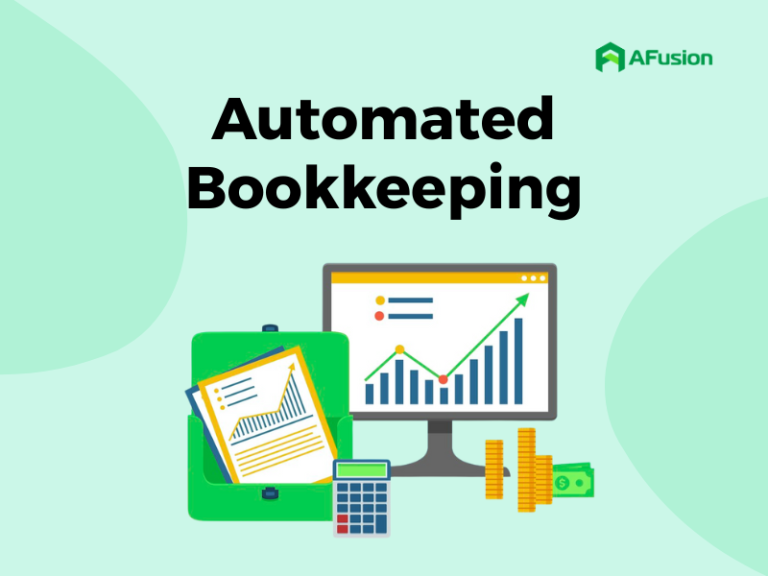Resources > Blog > 1> IDP Meaning: Revolutionizing Document Processing
IDP Meaning: Revolutionizing Document Processing

IDP meaning and types of IDP?
Interpretation of IDP
Regarding IDP meaning, first of all, IDP stands for Intelligent Document Processing, which is a technology to extract and organize data from documents to fuel business process automation.
The “intelligence” in intelligent document processing comes from the use of Artificial Intelligence (AI) tools for data extraction. AI has the ability to process repetitive tasks without the cognitive limitations of humans; in fact, AI can produce more accurate results as it continues to process and learn.
Types of technology in IDP
Some of the key components of IDP include:
Optical Character Recognition (OCR)
Optical character recognition or OCR software scans documents, recognizes the characters, and converts them into text that the machine can process. This technology allows computers to convert many different types of documents, including scanned papers, PDFs, and images. OCR analyzes images to distinguish characters, even providing diverse fonts and languages.

Artificial Intelligence and Machine Learning (AI and ML)
Artificial intelligence (AI) and machine learning (ML) are at the core of IDP. AI extracts meaningful data, makes algorithm-based predictions and detects errors. For example: Detecting fraud, signs of document falsification, or addition and subtraction errors. ML is used to improve the accuracy of data extraction over time, by learning from examples and historical data.
Computer Vision
Computer vision is a technology that machines use to automatically recognize and describe images accurately and efficiently. Computer vision is a technology that machines use to automatically recognize and describe images accurately and efficiently. Computer vision applications use artificial intelligence and machine learning (AI/ML) to process this data. This helps with object identification and face recognition, as well as classification, recommendations, monitoring and detection.
Natural Language Processing (NLP)
This is a part of AI that focuses on using natural language in communication between humans and machines. This is a part of AI that focuses on using natural language in communication between humans and machines. Intelligent document processing solutions can understand document context using NLP. NLP helps computers grasp content like humans do. Your document text can then be classified based on content and context.
Robotic Process Automation (RPA)
RPA helps IDPs become more scalable and process documents quickly and efficiently through automation. For example, RPA in the financial sector cannot take on the complexity of various documents. But RPA can automatically complete some related tasks or forward data to any related software.
IDP meaning in business efficiency improvement
Intelligent document processing (IDP) is revolutionizing documents, bringing many benefits to businesses. However, not all businesses know that, this is one of the reasons why they lose an opportunity to gain a competitive advantage. Explore some of the benefits to gain a deeper understanding of the IDP meaning:

Cost Savings
IDP helps save costs by automating repetitive manual document processing processes. IDP can quickly extract, classify, and process data from documents such as invoices, contracts, reports, and many other types of complex data. IDP meaning now helps minimize human errors, increase work efficiency, and reduce processing time for large amounts of data. Thereby saving personnel costs and optimizing business processes.
Process efficiency
Intelligent document processing (IDP) contributes to creating a consistent and seamless system. IDPs can be easily integrated with other systems, such as databases or business intelligence tools for analytics and reporting. This allows businesses to use extracted data without having to manually push it from one system to another.
Higher straight-through processing (STP)
STP, which is a higher level of automation in transaction processing. Normally, it takes about 10 minutes to process a set of manual documents, but when applying IDP it will only take 1-2 minutes – save up to 90% time. IDP meaning now will be to minimize the need to use knowledge resources to process documents manually, thereby increasing business efficiency. With a 24/7 digital staff, data processing times are faster and throughput capabilities are increased, improving response times to customer inquiries and requests.
Accuracy uplift
The extremely significant IDP meaning is to increase data accuracy. Using intelligent algorithms to extract data, IDP detects errors and accurately validates information from a variety of documents. From there, minimize human errors and ensure data integrity. This makes the decision-making process easier, more relevant, and more accurate.
How does IDP work?
Intelligent document processing (IDP) typically involves a combination of OCR, ML, AI, computer vision, RPA, and NLP techniques to extract structured data from unstructured documents. Here’s a general overview of how IDP technology works:
Step 1: Pre-processing
The first step in IDP is preprocessing. This step is the process of improving image quality, removing deviations, and reducing noise before proceeding to the processing step with OCR and AI algorithms. This ensures the data is extracted as accurately as possible, helping to limit errors during subsequent processing.
Step 2: Document classification
The next step is document classification. Using NLP, OCR, and Computer Vision will classify documents based on type and content. This allows for easier and more efficient document routing in the document management and processing process.
Step 3: Data extraction
The third step is data extraction. Data extracted from classified documents includes text, numbers, images, and signatures. This process uses AI, NLP, OCR, ML, and Computer Vision.
Step 4: Data processing
The fourth step is data processing. IDP will evaluate, match, and enhance authentication using RPA to check and adjust to suit the established process. Additionally, this step ensures accuracy and relevance to a specific industry or business context.
Step 5: Reporting and analysis
The final step is reporting and analysis. IDP implements Structured Data Formatting so it can be easily integrated into other systems, such as databases or business intelligence tools, for further analysis and reporting.
IDP meaning is extremely important and necessary for today’s industrial revolution. By applying IDP solutions, businesses can automate daily work, improve accuracy, and save time and costs. Companies providing IT outsourcing services such as AFusion bring the flexibility and scalability needed for businesses to grow. Explore the article to better understand IDP.
In addition, you can learn and contact AFusion for more information about this groundbreaking IDP technology solution.



 Next Post
Next Post


